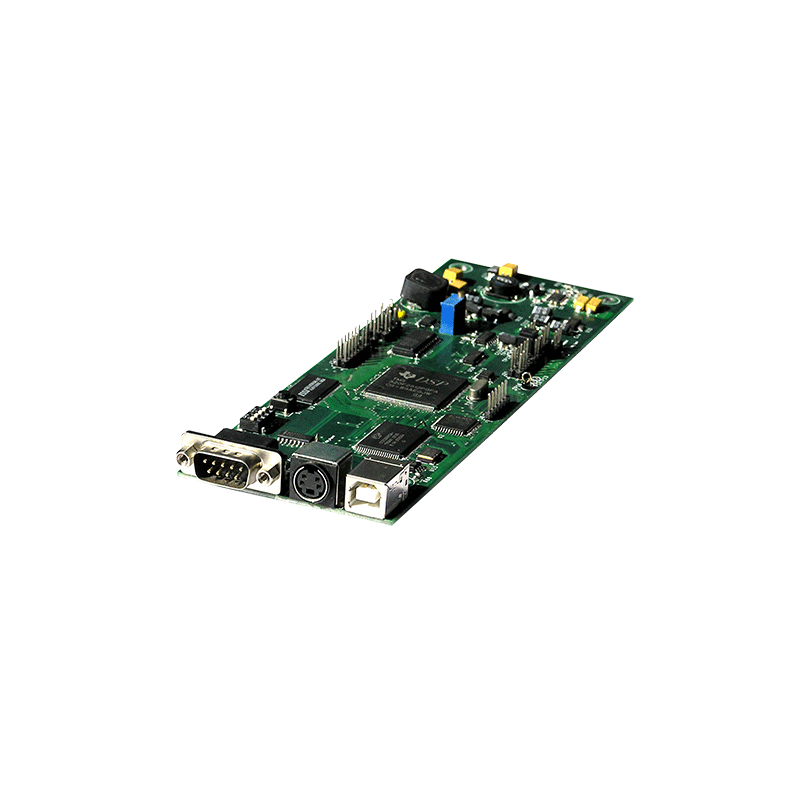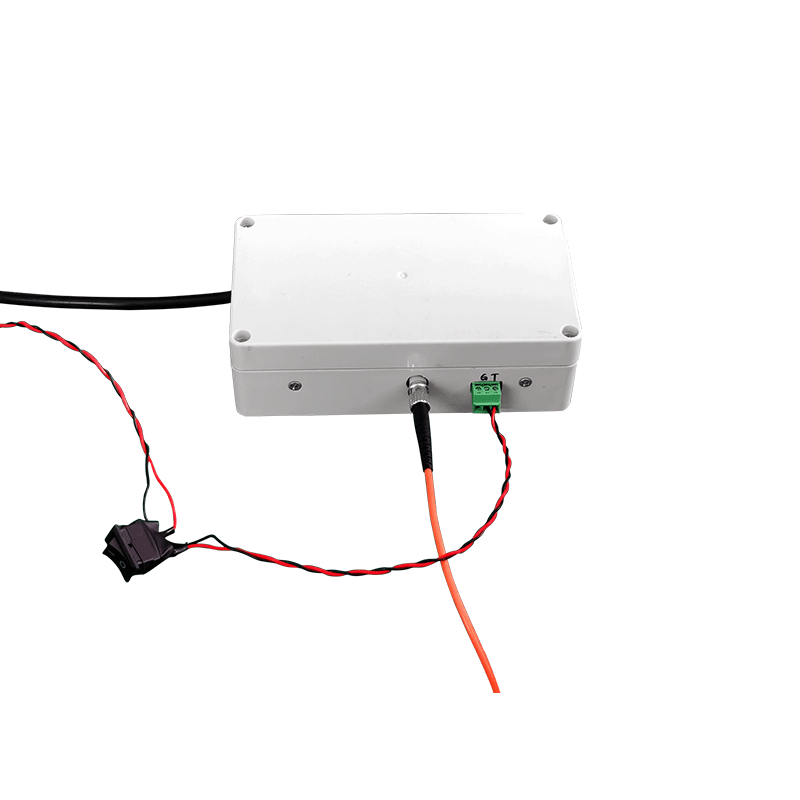Performance Optimization of Pulsed High-Voltage Power Supplies
Introduction
Pulsed high-voltage power supplies, capable of generating nanosecond to millisecond-level high-voltage pulses, are widely used in plasma generation, material modification, medical equipment, and scientific research. Their performance directly affects pulse energy transmission efficiency, stability, and application effectiveness. This article explores key optimization technologies for pulsed power supplies, focusing on waveform control, efficiency improvement, stability enhancement, and intelligent development.
1. Precision Pulse Waveform Control
One of the core performance metrics of pulsed high-voltage power supplies is output waveform quality, including rise time, fall time, flat-top fluctuation, and pulse width accuracy.
Fast-Switching Devices: Silicon carbide (SiC) or gallium nitride (GaN) power semiconductors can reduce rise time to the nanosecond level, improving pulse steepness.
Resonant Topology Optimization: LLC resonant or Marx generator structures minimize switching losses and waveform distortion.
Dynamic Feedback Control: Real-time closed-loop control based on FPGA or DSP compensates for load-induced waveform distortion, ensuring flat-top fluctuation <1%.
2. Strategies for Improving Energy Conversion Efficiency
Traditional pulsed power supplies often suffer from low efficiency (<80%). Optimization approaches include:
Soft-Switching Techniques: Zero-voltage switching (ZVS) and zero-current switching (ZCS) reduce switching losses, increasing efficiency to over 90%.
Energy Recovery Design: Storage capacitors or inductors recycle residual energy during pulse intervals, lowering total power consumption.
High-Frequency Design: Higher switching frequencies (MHz-level) shrink passive component size while reducing conduction losses.
3. Enhancing Stability and Reliability
Pulsed power supplies are prone to voltage breakdown, thermal accumulation, and electromagnetic interference. Countermeasures include:
Multi-Layer Insulation: Polyimide or ceramic dielectrics enhance insulation strength, preventing partial discharges.
Active Thermal Management: Liquid cooling or phase-change materials (PCM) address temperature rise in high-power-density systems.
EMC Optimization: Shielded enclosures combined with filter circuits suppress high-frequency noise radiation.
4. Intelligent and Adaptive Control
Modern pulsed power supplies are evolving toward intelligence:
Self-Adaptive Tuning: Automatically adjusts pulse parameters (e.g., frequency, duty cycle) based on load impedance.
Predictive Health Management (PHM): Sensors monitor critical components to preemptively detect potential failures.
Digital Twin Technology: Virtual models simulate real-time operation to assist performance optimization.
5. Future Trends
Future optimization efforts will focus on:
Ultrafast Pulse Technology (picosecond rise times) for cutting-edge applications like terahertz wave generation.
Wide-Range Adaptive Output (1kV–1MV) to improve single-unit versatility.
Integration and Modularity for distributed high-voltage pulse systems.
Conclusion
Performance optimization is pivotal for advancing pulsed high-voltage power supplies. Through innovations in switching devices, topology improvements, and intelligent control, future systems will achieve breakthroughs in efficiency, stability, and flexibility, supporting applications in high-energy physics, industrial processing, and medical technology.




















